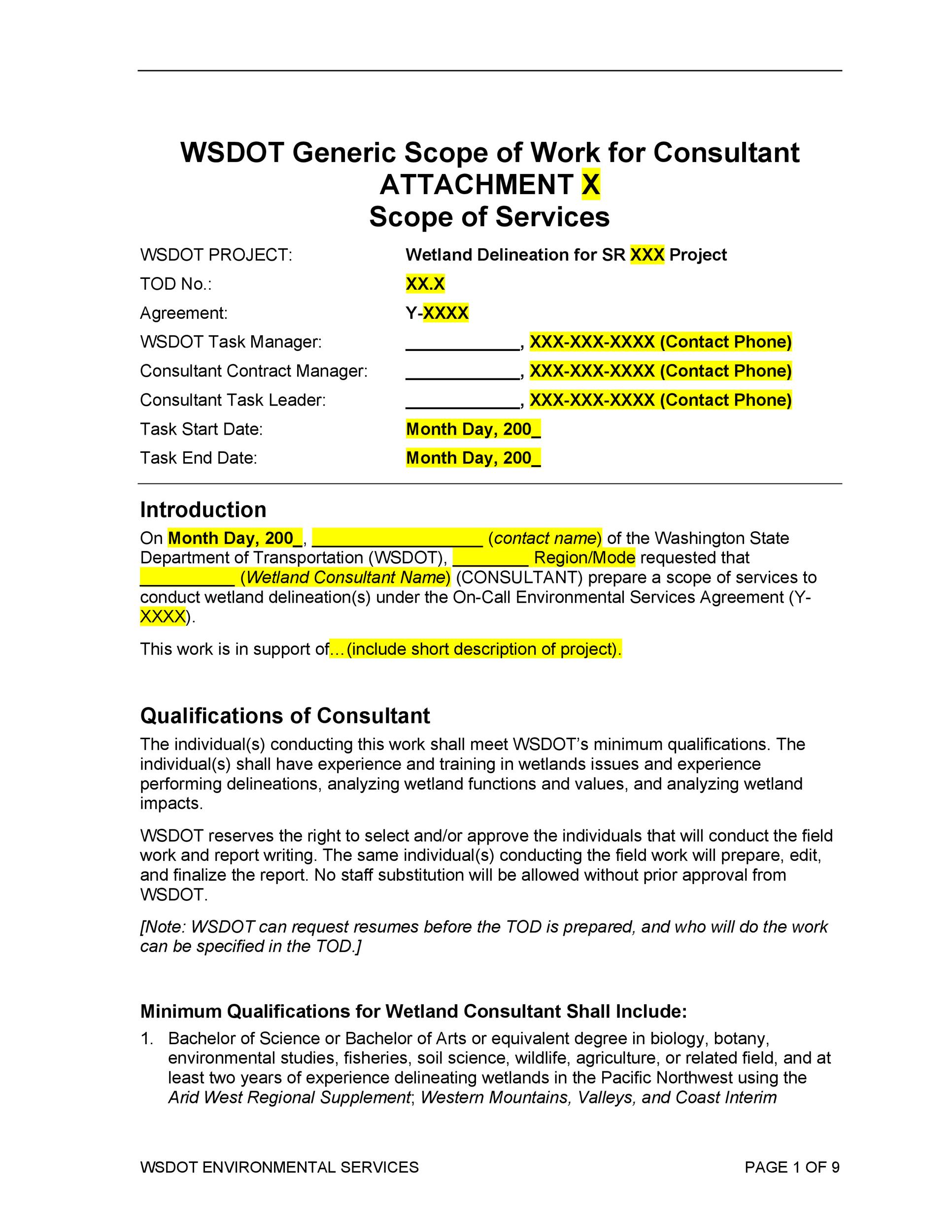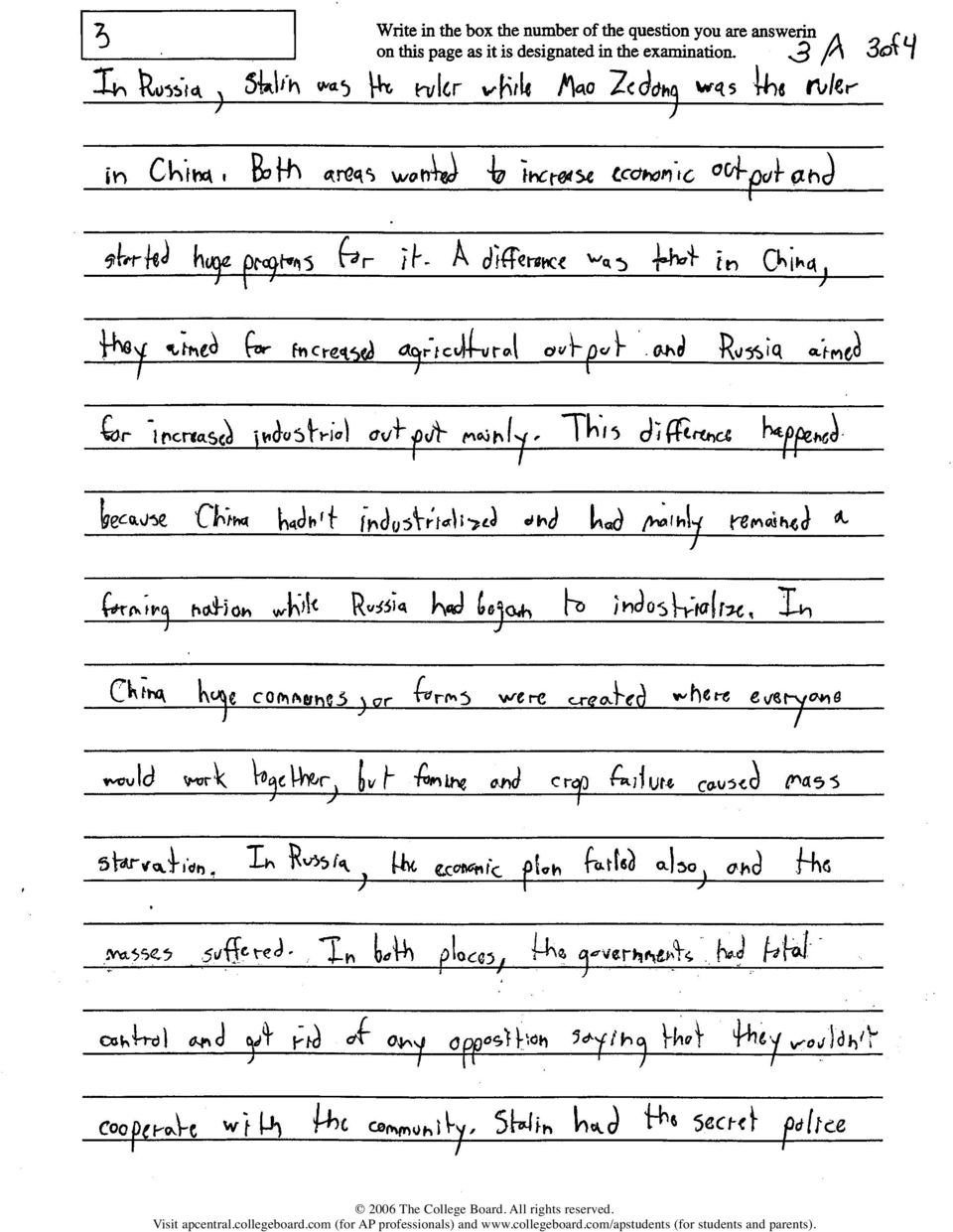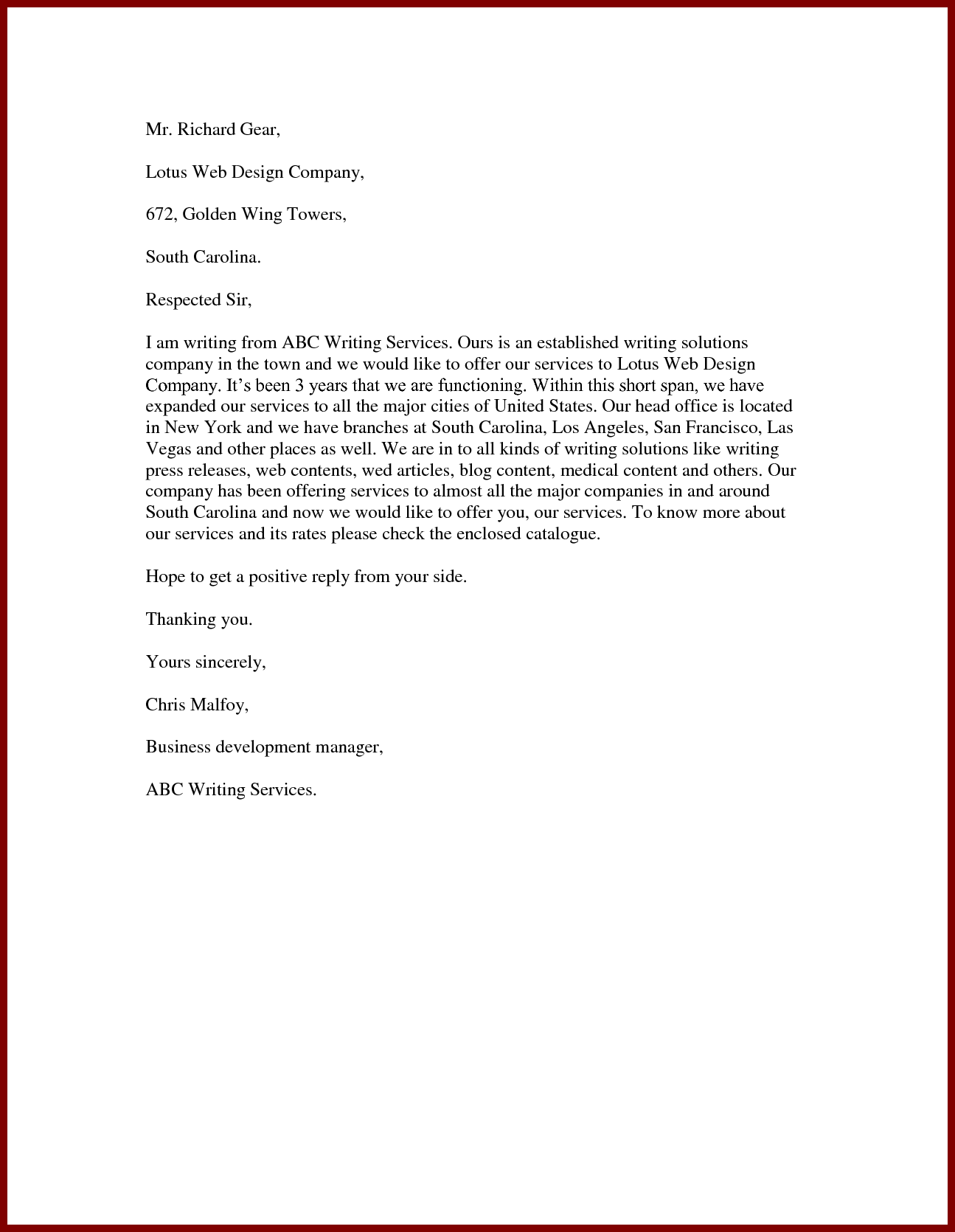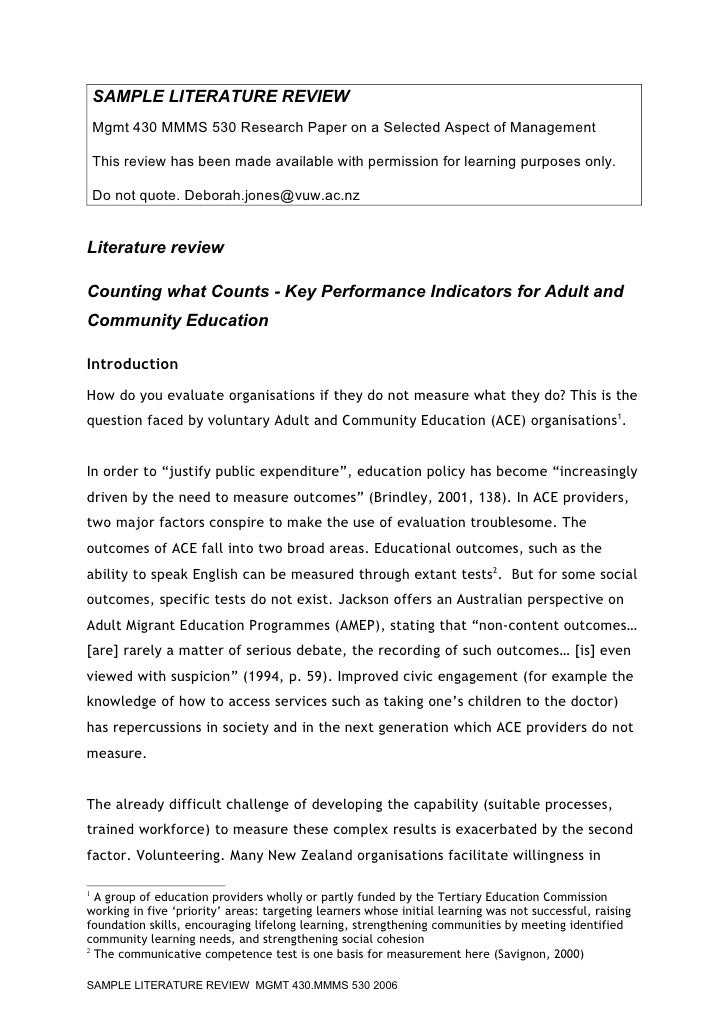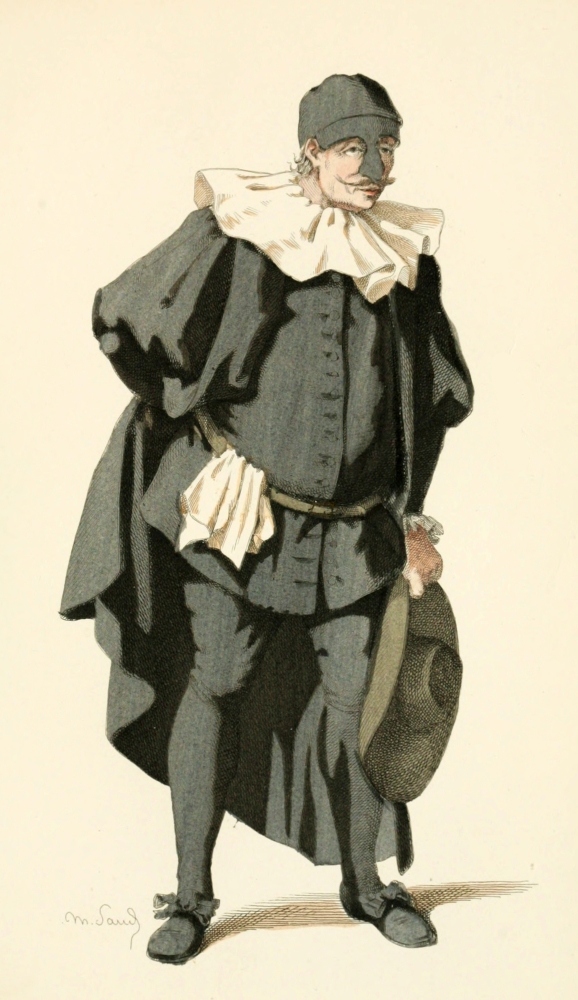Follow up CT angiography post EVAR: Endoleaks detection.
An endoleak is one of the most common complications of EVAR and may progress to aneurysm rupture. A classification system has evolved for endoleaks (Figs. 1A, 1B, 1C, and 1D), and classification of a particular endoleak then implies a relatively high or low short-term risk of rupture and determines the urgency of intervention.
Persistent blood flow outside the stent-graft and within the aneurysm is defined by WHITE et al. (30) as an endoleak (Fig 5). The most serious endoleaks are types I and III which are associated with aneurysm enlargement and rupture. Secondary intervention to correct these endoleaks is almost always necessary.
Classification of Endoleaks. White et al. also proposed the first systematic classification of ELs. 3,4 This original classification was modified in a consensus conference of vascular surgeons and interventional radiologists, and the widely accepted classification was established. 5,6 Primary ELs can be distinguished from secondary ELs according to the timing of development.
During endovascular aneurysm repair (EVAR), a fabric-covered stent (stent graft) is put in place to reinforce the areas of the aorta that are weak due to an aneurysm. The stent provides a new path for blood flow, which keeps blood from reaching the aneurysm. An endoleak is a complication that affects about 15-25% of patients who have EVAR.
Case Study Abdominal Aortic Aneurysm Health And Social Care Essay. 3526 words (14 pages) Essay in Health And Social Care. Endovascular aneurysm repair (EVAR) is a more modern and less invasive technique which is becoming widely used (Hafez 2008).. No evidence of endoleak was detected during arterial phase scanning or after a 2-min delay.
Other posts on the site.
Initial clinical trials have reported high success rates for endovascular exclusion of AAAs, 1-4 but problems detected during follow-up care leave the long-term durability and success of this treatment yet to be determined. 5-7 A recent review of ruptures after endograft placement for AAA exclusion noted that 44 out of 47 known ruptures showed previous evidence of an endoleak (the persistence.
There are 5 types of endoleaks, each with different causes and treatment options. A Type I endoleak occurs when there is a gap between the graft and the vessel wall at “seal zones.” The gap allows blood to flow along the side of the graft into the aneurysm sac, which creates pressure within the sac and increases the risk of sac rupture.
Endoleak is a common and unique complication of endovascular aortic repair (EVAR) and its persistence represents a failure of the endovascular treatment. Accurate detection and classification is essential for the proper management since the method of endoleak treatment is determined by the different source. In general, high-pressure leaks (type.
Endoleaks after EVAR: Watch and wait or intervene? RADY 401 Case Presentation. Patient history and workup Patient is a 73-year-old female who was found to have AAA at age 67, which was then repaired with a fenestrated endovascular aneurysm repair (FEVAR). Since then she has had annual follow-up CT angiography scans and is presenting this month for her regular follow-up scan. She is currently.
Endoleaks after endovascular aortic repair (EVAR) are a common cause of treatment failure and secondary interventions. Endoleak classification is important to determine both prognosis as well as need for treatment. With increasingly complex endovascular aortic procedures, endoleak classification according to the original classification has become more difficult.
